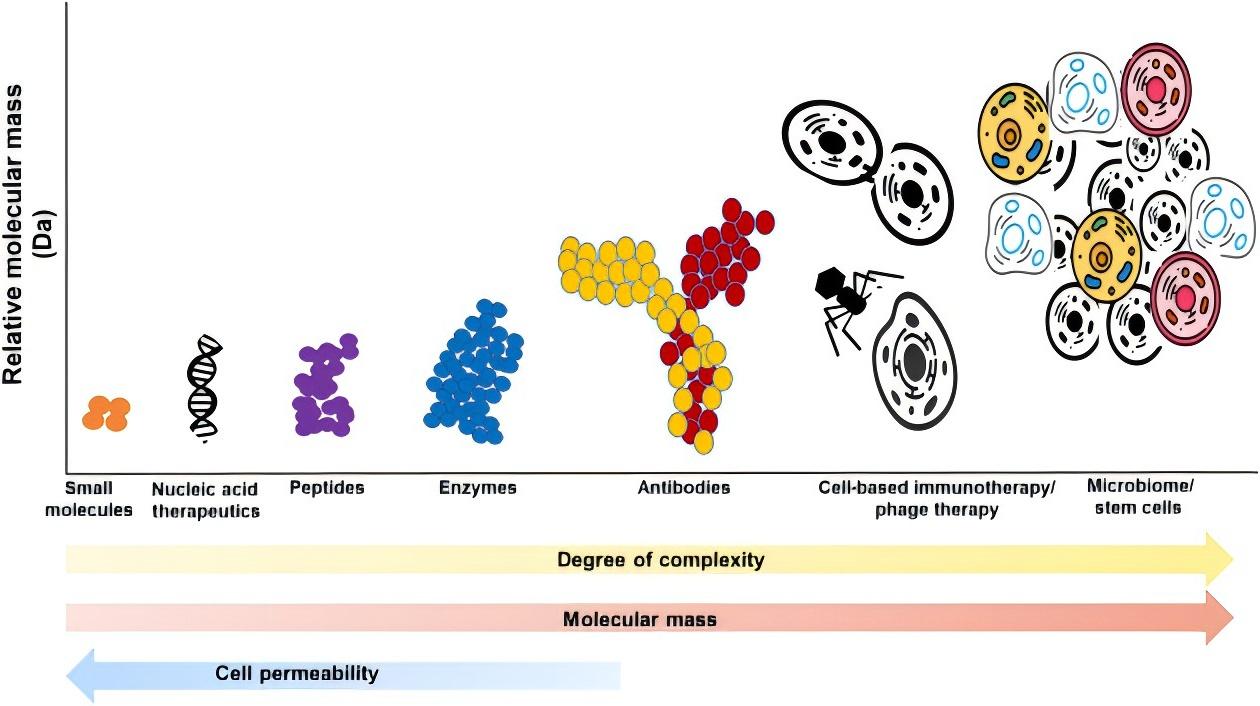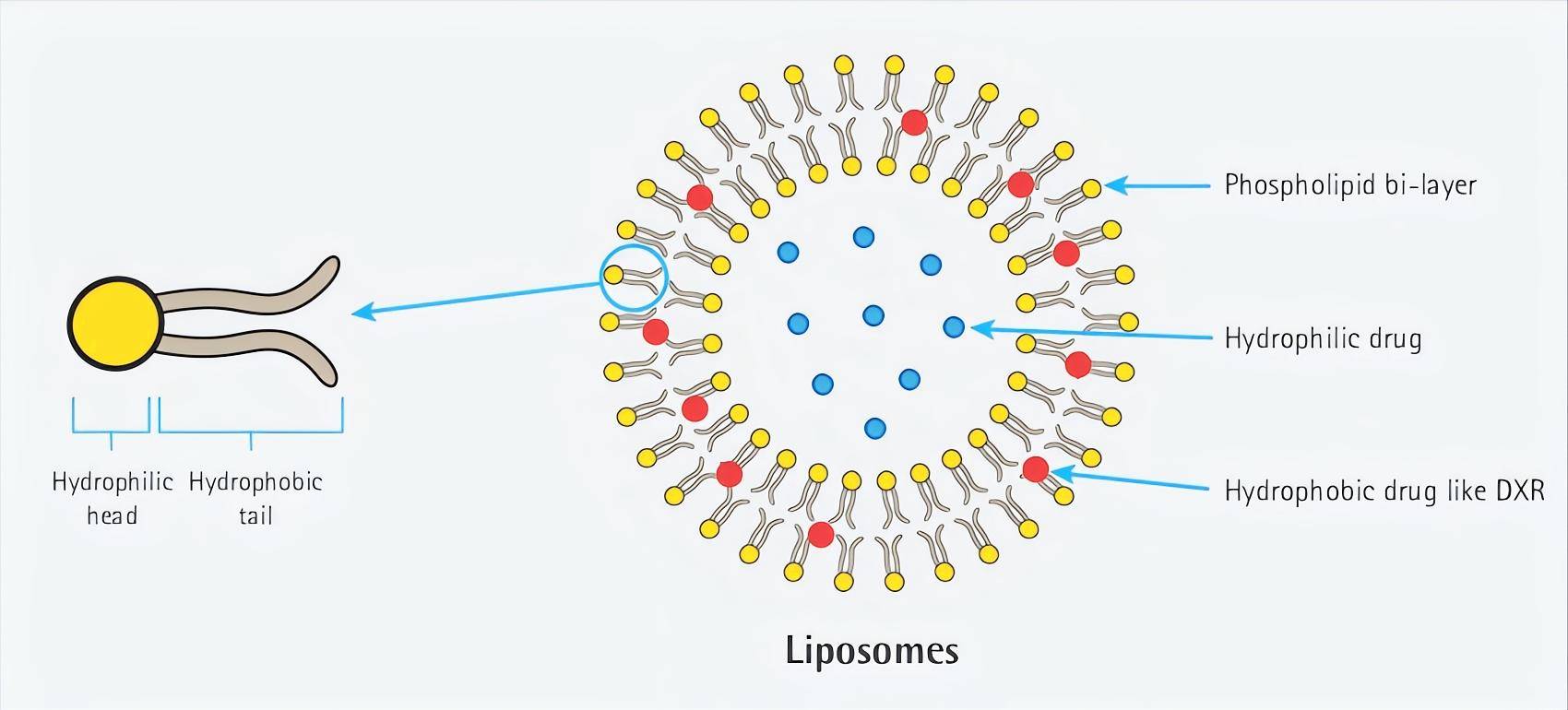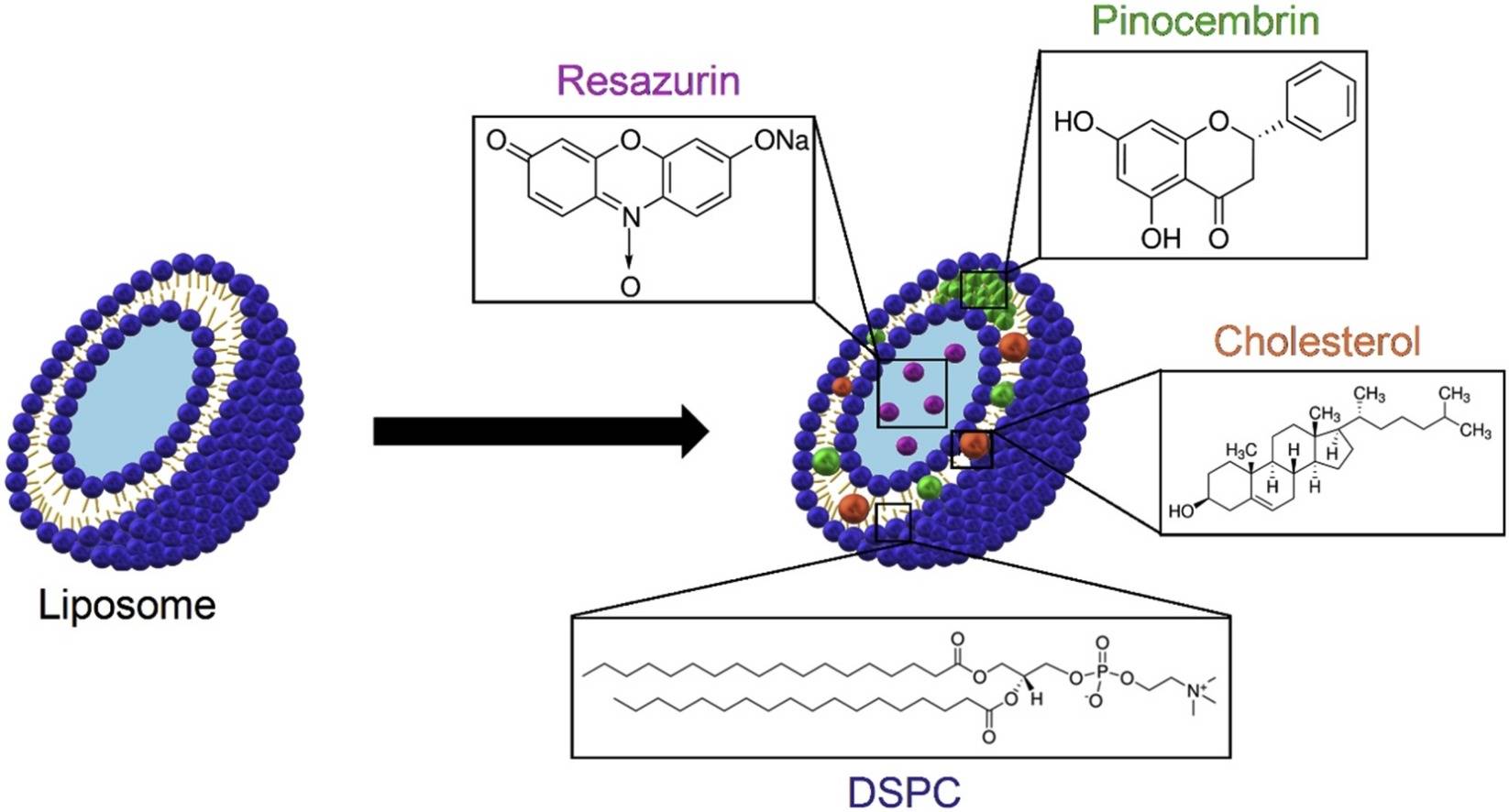Liposome Encapsulation Service for Small Molecules
Inquiry
Liposomes are a minuscule and sophisticated drug delivery system at the forefront of biomedical research. Their diminutive spherical structure not only exhibits biocompatibility but also undergoes natural degradation, resembling a marvel of nature. CD Formulation specializes in leveraging small-molecule liposome encapsulation technology to assist clients in developing stable small-molecule liposomal formulations.
About Small Molecules
Small molecules are defined by a molecular weight below 900 Da and constitute approximately 90% of pharmaceuticals (e.g., insulin, aspirin, antihistamines). This category encompasses biomolecules like fatty acids, glucose, and amino acids; secondary metabolites including lipids; glycosides; alkaloids; and natural phenols. Excluded from this classification are larger entities such as polysaccharides or proteins but they serve pivotal roles either as products or substrates in biological processes. The development process for small molecule therapeutics adheres to Lipinski's five rules ensuring patient bioavailability and post-action bodily clearance. Presently around 90% of therapeutic agents manufactured by the pharmaceutical industry fall within the realm of small molecules.
 Fig.1 Different biological modalities from small molecules to microbiome-based biologics. (Chhabra M, 2021)
Fig.1 Different biological modalities from small molecules to microbiome-based biologics. (Chhabra M, 2021)
Importance of Liposome Small Molecule Encapsulation
Small-molecule drugs play a crucial role in clinical applications for treating cardiovascular diseases, cerebrovascular disorders, immune-related ailments, and malignancies by selectively blocking essential signal transduction pathways for tumor progression. However, challenges such as limited specificity due to their compact structures leading to activity against multiple targets and resulting in adverse reactions persist. Additionally, the brief half-life, rapid metabolism, and poor bioavailability further hinder the clinical utility and effectiveness of these chemical entities. Liposomes are a type of nanocarriers capable of encapsulating hydrophilic and lipophilic small molecule therapeutic drugs, thereby shielding them from physiological degradation and facilitating their targeted delivery to cells.
 Fig.2 Liposomes structure and drug encapsulation. (Husseini, Ghaleb, et al., 2018)
Fig.2 Liposomes structure and drug encapsulation. (Husseini, Ghaleb, et al., 2018)
Our Liposome-Based Small Molecule Encapsulation Service
Selection of encapsulation methods
Based on the physical and chemical properties, we design a unique development process for each small molecule. Additionally, we categorize small molecules based on their solubility. The difference is determined by the distinct encapsulation methods of hydrophilic and lipophilic small molecules.
Formulation screening and process optimization
We enhance the in vivo stability of liposomes by carefully selecting optimal formulations and process parameters. For instance, incorporating saturated lipids or cholesterol into the formulation significantly improves the integrity of the lipid bilayer while concurrently diminishing liposome uptake by the mononuclear phagocyte system. Additionally, another strategy involves integrating various excipients including ganglioside GM1, phosphatidylcholine, or PEG-lipid to establish a spatial barrier that effectively hinders their clearance from circulation.
Characterization service
We conduct in vitro and in vivo assessments for liposomes with small molecules, including cell targeting, apoptosis and viability assays, phase transition, stability, size, potential, and in vivo phase transition.
Our Capabilities for Liposome Small Molecule Encapsulation
| Techniques and Platforms |
Specifics |
| Liposome Small Molecule Encapsulated Techniques |
- The encompassing technology incorporates methodologies for encapsulating lipophilic and hydrophilic small molecules.
- Specific encapsulation methods are selected according to the physical and chemical properties of small molecules.
|
| Characterization Platform |
- Various analytical instruments such as NucleoCounter NC-250 cell viability analyzer, Moxi GO II fast flow cytometer, ZERO fluorescent cell imaging System, etc.
|
Why Choose CD Formulation?
- Excellent Liposome Small Molecule Encapsulation Techniques. Our cutting-edge Small Molecule liposome encapsulation technology significantly improves the bioavailability and targeted delivery. Depending on the properties of small molecules, we adeptly modify the composition and size of the liposomes. Furthermore, through advanced surface modification techniques, we enhance the affinity of these liposomes for specific cell types or tissues, thereby facilitating advancements in precision medicine.
- Analytical System for Small Molecule Lipid Nanoparticles. We possess a state-of-the-art small molecule liposome analysis system, an advanced technological platform meticulously engineered for the precise and efficient evaluation of small molecule liposomes. This system amalgamates a diverse array of contemporary instruments and software tools to furnish comprehensive data support, enabling researchers to explore the structural characteristics, physicochemical properties, and potential applications of liposomes in drug delivery.
- Our Distinguished Team of Experts. Our company has a specialized technical team of scientists from prestigious enterprises, who possess extensive theoretical knowledge and practical experience. The team spans multiple disciplines, including biochemistry, drug development, and materials science, conducting thorough research at all stages of small molecule liposome product development. Throughout the process, our members carefully design experiments and analyze data to optimize formulations for improved stability, biocompatibility, and release efficiency.
Published Data
Technology: Simultaneous encapsulation of hydrophilic and lipophilic molecules in liposomes of DSPC technique
Journal: Thermochimica Acta
IF: 3.1
Published: 2020
Results: This study shows that two hydrophobic molecules, piceidin and cholesterol, and one hydrophilic molecule, thionin, were simultaneously incorporated into DSPC liposomes. Piceidin and cholesterol integrated into the lipid membrane while thionin was encapsulated in the aqueous core. The thermal behavior of the liposome and its relationship with additives were explored using differential scanning calorimetry (DSC), while morphological features were examined through scanning electron microscopy (SEM). Results indicate that varying concentrations of piceidin yield a high encapsulation rate; moreover, cholesterol enhances piceidin's distribution within the membrane without hindering its incorporation. This study provides an alternative formulation using DSPC liposomes as carriers for various polar molecules to evaluate cytotoxicity levels of piceidin in cancer cell lines.
 Fig.3 The mechanism of Simultaneous encapsulation of hydrophilic and lipophilic molecules in liposomes of DSPC. (Romero-Arrieta MR, et al., 2020)
Fig.3 The mechanism of Simultaneous encapsulation of hydrophilic and lipophilic molecules in liposomes of DSPC. (Romero-Arrieta MR, et al., 2020)
As an expert in liposome technology, CD Formulation offers exceptional liposome encapsulation services for small molecules, supporting advanced research and pharmaceutical development projects. Our innovative solutions are designed to address complex scientific challenges and drive progress in the field. Contact us to learn how we can assist with your research objectives.
References
- Chhabra M. Biological therapeutic modalities. InTranslational biotechnology 2021 Jan 1 (pp. 137-164). Academic Press.
- Husseini, Ghaleb; Abbas, Yassmine; et al. The Potential of Ultrasound Technology and Chemotherapy Carriers in Breast Cancer Treatment. Al Qasimi Foundation. 2018, 10.18502.
- Romero-Arrieta MR, Uria-Canseco E, et al. Simultaneous encapsulation of hydrophilic and lipophilic molecules in liposomes of DSPC. Thermochimica Acta. 2020 May 1; 687: 178462.
How It Works
STEP 2
We'll email you to provide your quote and confirm order details if applicable.
STEP 3
Execute the project with real-time communication, and deliver the final report promptly.
Related Services


 Fig.1 Different biological modalities from small molecules to microbiome-based biologics. (Chhabra M, 2021)
Fig.1 Different biological modalities from small molecules to microbiome-based biologics. (Chhabra M, 2021) Fig.2 Liposomes structure and drug encapsulation. (Husseini, Ghaleb, et al., 2018)
Fig.2 Liposomes structure and drug encapsulation. (Husseini, Ghaleb, et al., 2018) Fig.3 The mechanism of Simultaneous encapsulation of hydrophilic and lipophilic molecules in liposomes of DSPC. (Romero-Arrieta MR, et al., 2020)
Fig.3 The mechanism of Simultaneous encapsulation of hydrophilic and lipophilic molecules in liposomes of DSPC. (Romero-Arrieta MR, et al., 2020)
